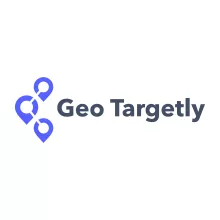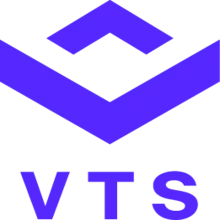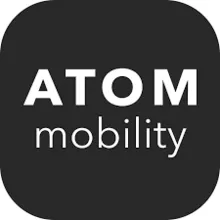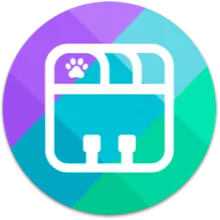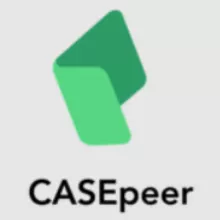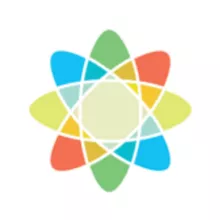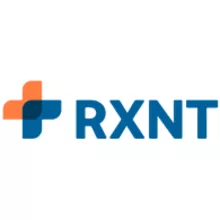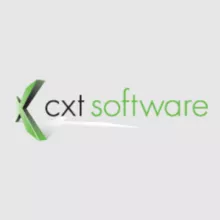Store Locator App & Widget
Geographic information software(GIS): Overview
Geographic information software(GIS) is a set of tools for capturing, analyzing, and displaying geographic data to create 2D and 3D maps. GIS technology can understand patterns and improve land-based operations because these tools act as asset management platforms for the geographic data they capture.
A Geographic Information System (GIS) is a technology based on geographic information science that allows users to explore geospatial data. Capturing data is the initial stage in this mapping method. These data types include cartographic, photographic, and digital data to present a holistic picture. GIS programs make use of hardware and software, such as the desktop on which data is displayed.
Cartographic data is already in the map form and includes information such as river, road, valley, and hill locations, among other things. Aerial photographs of a site are analyzed using data from photographic interpretation. Satellites collect digital data that depict land use.
Through data capture, any type of data may be entered into GIS mapping systems. It can be entered into a GIS program as long as it has been digitized. GIS technology can turn the data into a map once it's been entered.
To learn more about Geographic information software(GIS) you can check out this blog.
Features of GIS Software
While specific features may differ between GIS solutions, the following characteristics are common in geographic information systems:
- Data Capture: This is just the process of entering data into a geographic information system (GIS). Data can be gathered from a variety of sources. Your data should be converted to a raster or vector file that is compatible with your tool by the software.
- Buffer Zone Querying: Buffer zone querying allows you to select a spot on a map and see any data within a specific radius. These buffers are used to depict a radius of influence around a point. A buffer, for example, can be used to demarcate a school's radius to arrange for the transportation of children who reside further away. Buffer zone querying may be referred to by other names in GIS tools, such as feature-based proximity tools.
- Data Editing: As the characteristics of the landscapes you research change, so will your data. By allowing you to alter your data, a GIS will help you keep up with these changes. Each tool will have different revision capabilities and methods, but they should all be able to edit your data.
- Data Visualization: In either a 2D or 3D format, the data visualization component of a GIS is what brings your data to life. A GIS shows the data you enter on your PC as an easy-to-read map. Additional features, such as adding pop-ups, charts, and infographics to maps, may be possible with this function.
- Geocoding: This feature assigns a location to the addresses you need to remember so they can be plotted on a map. It's like a digital version of putting a pin on a physical map that you can interact with. This functionality is known as address-matching in some tools.
Here you can find the list of the best Geographic information software(GIS) for 2022.

